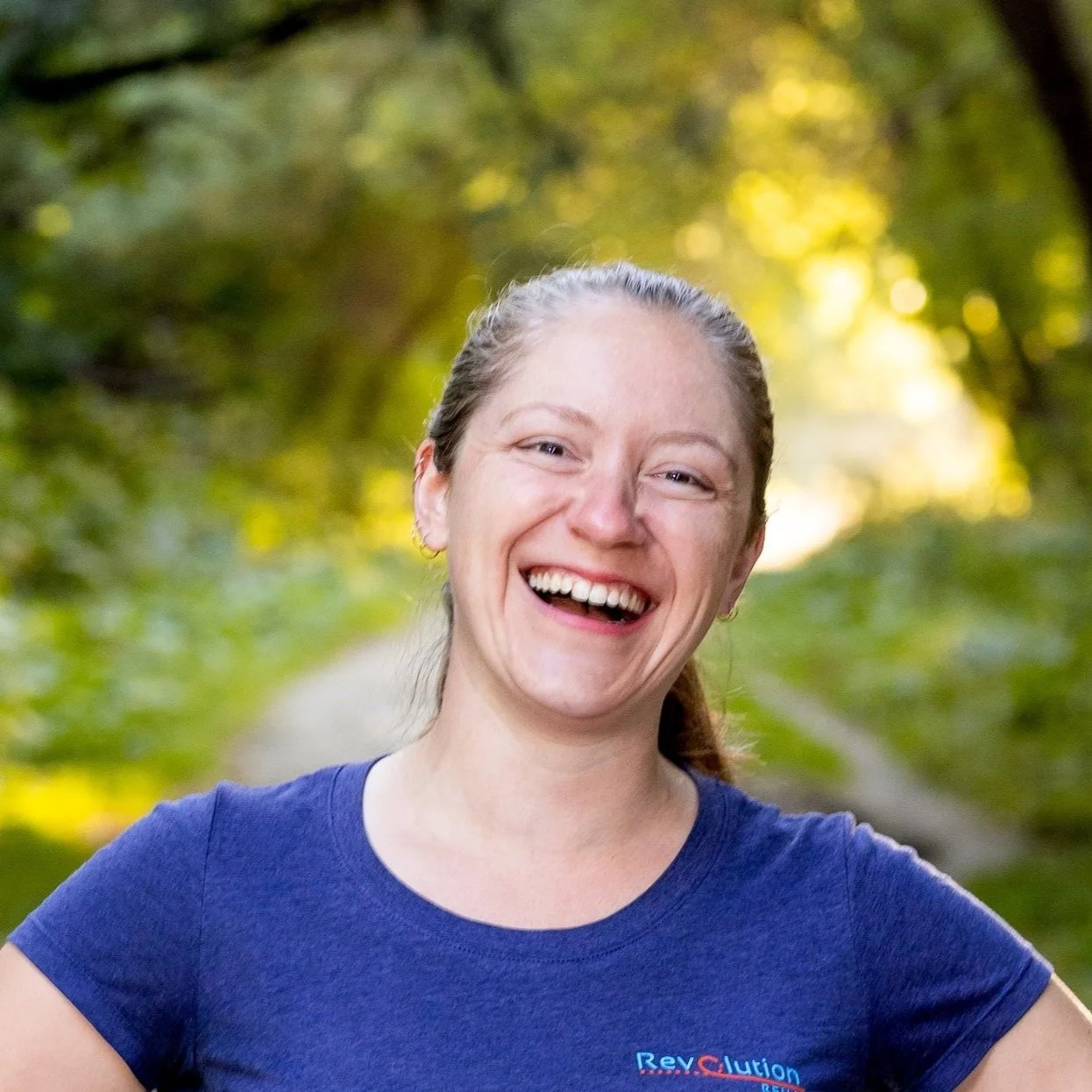Understanding Strain vs. Sprain: What’s the Difference?
Ever twisted your ankle or pulled a muscle and wondered, "Is this a strain or a sprain?" You're not alone! These two terms are often used interchangeably, but they refer to distinct types of injuries affecting different parts of your musculoskeletal system. Knowing the difference is crucial for understanding your injury, ensuring proper treatment, and getting back to feeling your best.
Let's break down what sets a strain apart from a sprain.
What is a Sprain?
A sprain is an injury to a ligament. Ligaments are strong, fibrous bands of connective tissue that connect bones to other bones, providing stability to your joints. Think of them as the natural "tape" that holds your joints together.
Common Causes of Sprains: Sprains typically occur when a joint is forced beyond its normal range of motion, causing the ligaments to stretch or tear. This often happens due to:
Falls
Twisting movements (e.g., twisting an ankle)
Sudden impacts
Some, Common Areas for Sprains:
Ankle: The most common sprain, often occurring when the foot rolls inward.
Knee: Injuries to the ACL, MCL, or LCL ligaments.
Wrist: Often from falling onto an outstretched hand.
Thumb: Common in sports.
What is a Strain?
A strain is an injury to a muscle or a tendon. Tendons are fibrous cords that attach muscles to bones. When you "pull a muscle," you're experiencing a strain.
Common Causes of Strains: Strains usually happen when a muscle or tendon is overstretched or forced to contract too quickly or powerfully. This can result from:
Sudden, forceful movements (e.g., sprinting, lifting heavy objects incorrectly)
Overuse or repetitive movements
Lack of flexibility or proper warm-up
Common Areas for Strains:
Hamstring: A very common injury in athletes, often during sprinting.
Quadriceps: Front of the thigh.
Groin: Inner thigh muscles.
Back: Especially the lower back, often from lifting.
Shoulder: Rotator cuff strains.
Neck: Often from sudden movements or poor posture.
Common Symptoms
Both strains and sprains share many similar symptoms, which is why they're often confused:
Pain: Localized to the injured area.
Swelling: Accumulation of fluid at the injury site.
Bruising: Discoloration due to blood vessel damage.
Limited Range of Motion: Difficulty moving the affected joint or muscle.
Tenderness: Pain upon touch.
Inflammation: Redness and heat radiating from the area.
There are some differences in how these injuries initially present:
A bad joint sprain will feel unstable because the integrity of the joint is compromised.
A joint sprain is more likely to swell fast compared to a muscle strain.
3rd degree sprains and strains (complete tears) could result in deformity but a sprain would be a bone deformity at the joint and a strain would be a muscle deformity.
Treatment and Recovery
The initial treatment for both strains and sprains has evolved beyond the traditional R.I.C.E. (Rest, Ice, Compression, Elevation) and P.R.I.C.E. (Protection, Rest, Ice, Compression, Elevation) protocols. The current evidence-informed approach for acute soft tissue injuries is summarized by the acronym PEACE & LOVE.
PEACE (for immediate care - first 1-3 days):
Protect: Unload or restrict movement for 1-3 days to minimize bleeding and risk of aggravating the injury. Avoid activities that increase pain.
Elevate: Elevate the injured limb above the heart as often as possible to promote fluid flow out of the tissue and reduce swelling.
Avoid Anti-inflammatories: Avoid anti-inflammatory medications (like NSAIDs) and ice during the initial stages, as they may negatively affect long-term tissue healing by disrupting the natural inflammatory process, which is crucial for healing.
Compress: Use elastic tensor bandages or taping to help reduce swelling.
Educate: Learn about your injury, the healing process, and the benefits of active recovery. Listen to your body and avoid unnecessary medical interventions.
LOVE (for subsequent management - after the first few days):
Load: An active approach with movement and exercise is recommended. Gradually return to normal activities, using pain and function as your guide. Optimal loading with minimal discomfort promotes repair and remodeling.
Optimism: Maintain a positive mindset. Catastrophization, depression, and fear can significantly delay healing. Believe in your body's natural healing process.
Vascularization: Engage in pain-free cardiovascular activity (e.g., walking, biking, swimming) to increase blood flow to the injured area, which improves function and can reduce the need for pain medication.
Exercise: Restore mobility, strength, and proprioception through exercise therapy. Progress exercises gradually, using pain as a guide.
Recovery time varies greatly depending on the severity of the injury (Grade 1-3 for both, with Grade 3 being a complete tear). Mild injuries might heal in a few weeks, while severe tears could take months and may even require surgery.
When to Seek Professional Help
While mild strains and sprains can sometimes be managed at home, it's always wise to consult a healthcare professional, especially if:
You experience severe pain or have loss of function on the injured side.
There is joint swelling or discoloration.
The area appears deformed or you suspect a fracture.
Numbness or tingling develops.
Symptoms do not improve within a few days of self-care.
You want a proper assessment and a tailored rehabilitation plan to ensure full recovery and prevent re-injury.
The PEACE part of the protocol is similar for strains and sprains, but proper recovery can be impacted by how the area is loaded once the initial acute stage has passed. By recognizing the specific tissues involved, your rehab can be tailored to your body, activities, and goals to increase recovery and decrease the chance of reinjury.
Author:
Nikki Smith
Owner, Certified Athletic Therapist

